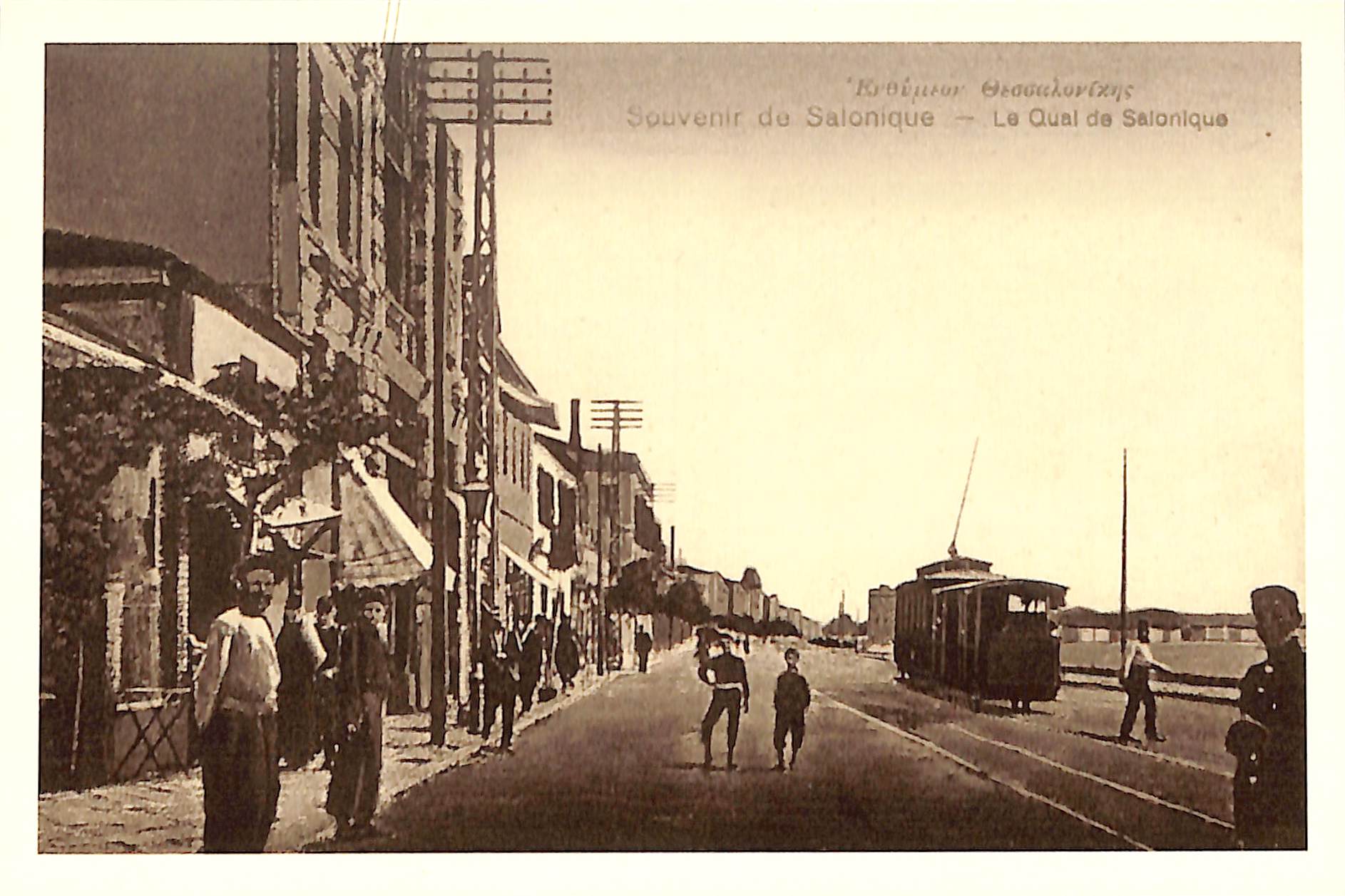
4/28/2025 3:26:59 PM
Nikis Avenue of Thessaloniki
The coastal avenue of Thessaloniki was developed in the 19th century, following the demolition of the city’s medieval seaside wall in the 1870s. Initially, the coastal road was paved with stones and, until 1893, it had no tram lines. The tram system that was later built was initially horse-drawn, and then, in the early 1900s, became electric. In 1917, the avenue was excavated by the Allied forces, and a railway line was installed to connect the port with Mikra. Before being named Nikis Avenue (Victory Avenue) in honor of the victories of the Greek army, it was known as Beyaz Kule Avenue (White Tower Road). Originally, the street featured neoclassical buildings, many of which were destroyed in the devastating fire of 1917 as well as later through redevelopment. In 1911, the procession of Sultan Mehmed Reşad V passed along this avenue, as well as Greek troops with King George I in 1912, marking the city's liberation. This avenue also witnessed the arrival of Allied soldiers, the funeral procession of King George I who was assassinated in Thessaloniki and, in 1941, the entrance of German tanks during the occupation. The ELAS and EPON resistance forces marched into the city through this avenue as well after the withdrawal of the Germans. Pictured: An electric tram of the Customs - Depot line passes through the coastal avenue of Thessaloniki in the early 20th century. ©Municipal Photography Museum of Kalamaria ‘Christos Kalemkeris’.

